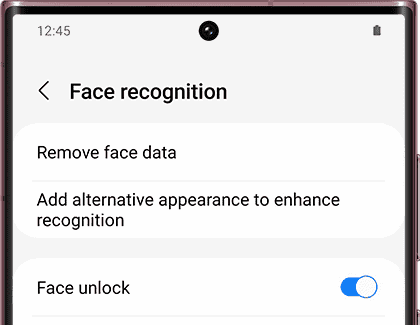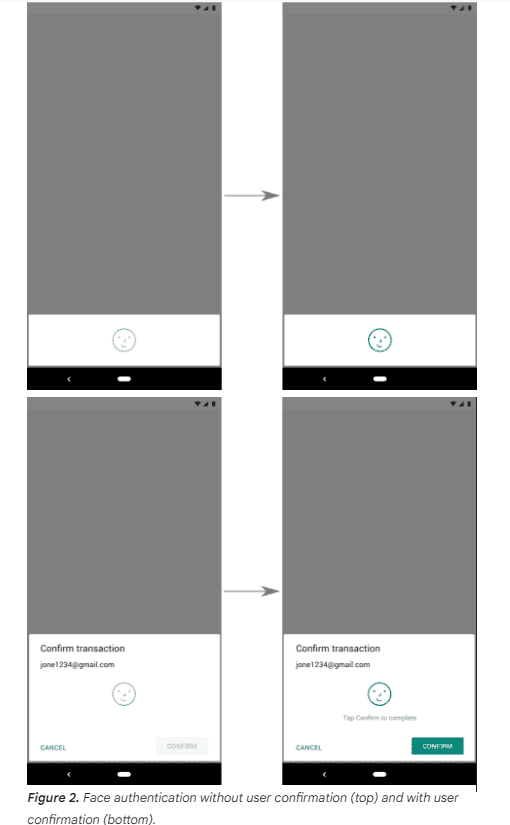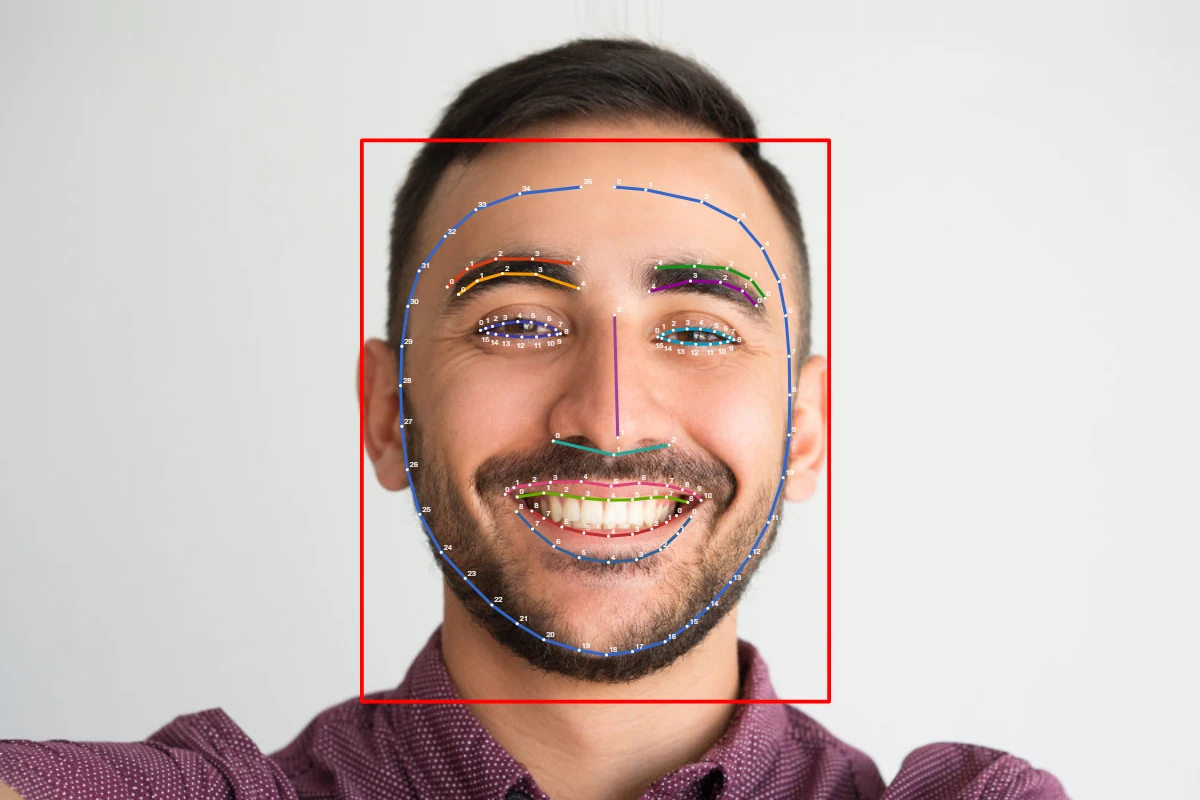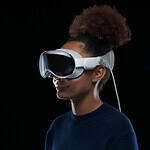Android phones have improved a lot in how they recognize faces. They now use special software to scan faces and match them to stored images. This helps with tasks like unlocking the phone. The technology has gotten better in recent years because of improvements in the algorithms, hardware, and software. It’s more accurate, secure, and user-friendly now. In this article, we’ll look at the main features, improvements, and top technologies in Android facial recognition.
We’ll also talk about the privacy and security concerns that come with this technology and what its potential future uses might be. Advances in AI have made facial recognition faster and more accurate on Android phones. The software is now better at picking up on small details in a person’s face, so it works well in different lighting and angles. It can even tell twins apart sometimes. Facial recognition on Android isn’t just for unlocking phones anymore. Apps use it for fun filters and to organize photos. Some stores even let you pay using your face on Android. But there are still worries about the privacy and security of this technology.

Advancements in Android Facial Recognition Technology
Key Features and Functionalities
Modern Android facial recognition systems boast a variety of features that enhance security and user experience:
- Face Unlock: The most common application, allowing users to unlock their devices simply by looking at the screen.
- App Authentication: Facial recognition can be used to secure individual apps or sensitive transactions.
- Liveness Detection: Advanced systems can detect if the presented face is real or a spoof (photo or video).
- Attention Awareness: Some systems can detect if the user is looking at the screen, enhancing security and enabling features like screen dimming when the user looks away.
Advancements in Algorithm and Hardware
Recent advancements have significantly improved the accuracy and reliability of Android facial recognition:
- Improved Algorithms: Machine learning algorithms are becoming more sophisticated, allowing for better face detection and recognition in varying conditions.
- 3D Sensing: Some devices use 3D sensing technology (like Apple’s Face ID) to create a depth map of the face, making it harder to spoof.
- Enhanced Security: Many Android devices now offer secure face unlock options, storing facial data in a dedicated hardware enclave for added protection.
Leading Android Facial Recognition Technologies
| Technology | Manufacturer | Key Features |
|---|---|---|
| Face Unlock | Widely available on Android devices, convenient for basic unlocking. | |
| Face ID | Apple (on iPhones) | Advanced 3D sensing technology for enhanced security and liveness detection. |
| 3D Face Recognition | Samsung | Utilizes depth cameras for improved accuracy and security. |

Privacy and Security Concerns
While facial recognition technology offers convenience and enhanced security, it raises concerns about privacy and data misuse. It’s essential to choose devices and apps that prioritize data security and transparency.
The Future of Android Facial Recognition
The future of Android facial recognition looks bright with several potential advancements:
- More Secure and Reliable: Ongoing research and development will likely lead to even more secure and reliable facial recognition systems.
- Integration with Other Biometrics: Facial recognition could be combined with other biometric modalities like fingerprint or iris scanning for multi-factor authentication.
- Enhanced User Experiences: Facial recognition could be used to personalize app experiences, tailor recommendations, and provide more intuitive interactions.
- New Applications: We can expect to see new and innovative applications of facial recognition technology in various fields, including healthcare, security, and retail.
Key Takeaways
- Facial recognition on Android uses AI to scan and match faces
- The tech now works better in various conditions due to recent advances
- Android facial recognition has expanded beyond just unlocking phones
Technological Evolution and Advancements
Facial recognition tech has come a long way. It went from basic methods to smart systems that can spot faces in crowds. This growth came from better math and new hardware.
Historical Developments
Facial recognition started in the 1960s. Early systems used simple math to match faces. They looked at things like the distance between eyes. In the 1990s, a method called Eigenfaces made things better. It used math to find key face features.
The 2000s brought big changes. A system called Fisherfaces made facial recognition work better in different lights. In 2014, Facebook made DeepFace. It used AI to match faces with high accuracy.
Innovations in Facial Recognition Algorithms
New math and AI have made facial recognition much better. Machine learning helps systems learn from lots of face photos. Deep learning uses big neural networks to spot faces in hard cases.
These new methods can:
- Find faces in busy scenes
- Work with low-quality photos
- Tell apart twins
AI has also helped fix some old problems. It can now spot faces of people from different backgrounds more fairly.

Hardware Enhancements Supporting Facial Recognition
Better cameras and sensors have helped facial recognition a lot. The iPhone X brought 3D face scanning to phones. It uses tiny infrared dots to map faces.
New depth sensors make facial recognition harder to trick. They can tell a real face from a flat photo. Some systems use special lights to work in the dark.
Better computer chips help too. They let phones do complex face math quickly. This means facial recognition can work without sending data to the cloud.
Implementation and Industry Impact
Android facial recognition technology is changing how we use our devices and interact with the world. It’s being used in many different areas, from unlocking phones to catching criminals.
Security and Surveillance Applications
Facial recognition on Android devices helps keep things safe. Police use it to find missing people and catch bad guys. Many cities have cameras that can spot faces in crowds. This helps stop crime.
Some places use facial recognition to control who can enter. You might see this at work or school. Instead of badges or keys, a camera checks your face. This makes it harder for people who shouldn’t be there to get in.
But not everyone likes these systems. Some worry about privacy. They think it’s too much watching.
Commercial Use in Various Sectors
Stores use facial recognition to stop shoplifting. Banks use it to make sure the right person is using an account. Some stores even use it to give special deals to regular customers.
Android phones now have face unlock features. This lets you open your phone just by looking at it. It’s quick and easy.
Some companies use facial recognition for their workers. It can track when people come to work and leave. This replaces old systems like time cards.
Global Adoption and Regulatory Landscape
Different countries use facial recognition in different ways. China uses it a lot. They have cameras everywhere watching people. In the US, some cities like San Francisco have banned it for government use.
India is using facial recognition for things like finding missing children. Japan is using it to catch shoplifters and stop crime.
Laws about facial recognition are still being made. Some places want strict rules to protect privacy. Others think it’s okay to use it more freely.
People are worried about how facial recognition affects their privacy. They want to know who has their face data and how it’s being used.
Frequently Asked Questions
Facial recognition technology raises important questions about privacy, ethics, and practical applications. Here are some common concerns and insights about this rapidly advancing field.
What are the implications of facial recognition technology in law enforcement?
Law enforcement agencies use facial recognition to identify suspects and find missing persons. This can help solve crimes faster. But it also brings up worries about privacy and false matches.
In what ways is facial recognition technology commonly utilized?
Many people use facial recognition to unlock their phones or tablets. Some stores use it to prevent theft. Banks may use it to verify customers. Schools might use it to take attendance.
Can you provide examples of facial recognition technology in action?
Airports use facial scans to check passports. Social media sites can tag people in photos. Security cameras with facial recognition can spot known threats. Some cars use it to detect tired drivers.
What impact do varying state laws have on the use of facial recognition?
Different states have different rules about facial recognition. Some ban it completely. Others allow it with limits. This creates a patchwork of laws across the country. Companies and police must follow local rules.
What are the current ethical considerations surrounding facial recognition privacy?
Privacy is a big concern. People worry about being tracked without knowing. There are also fears about data breaches. Some think it’s unfair to minority groups. Others say it could lead to a surveillance state.
Which facial recognition algorithms represent the state-of-the-art?
Top algorithms can match faces very quickly and accurately. They work well even with masks or poor lighting. Some can recognize emotions or estimate age. The best ones keep improving with more data and better computers.







